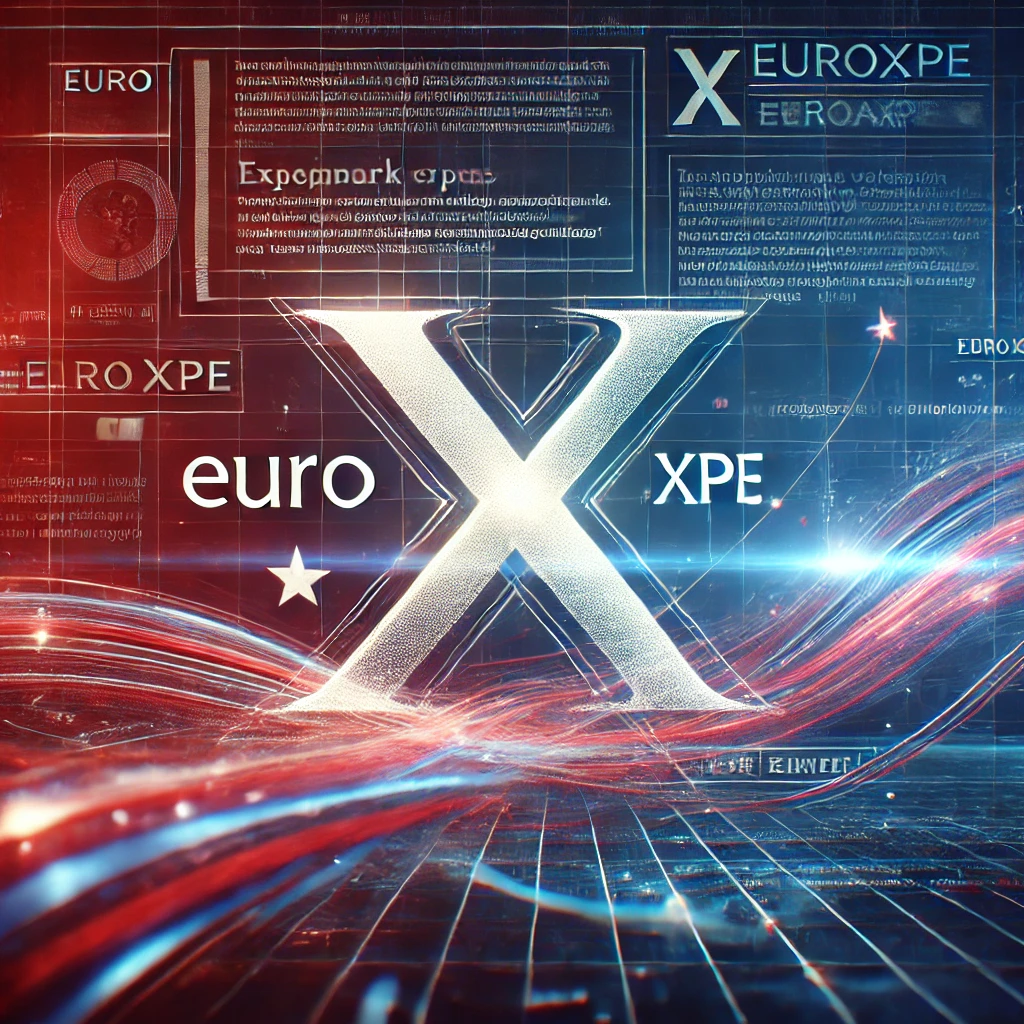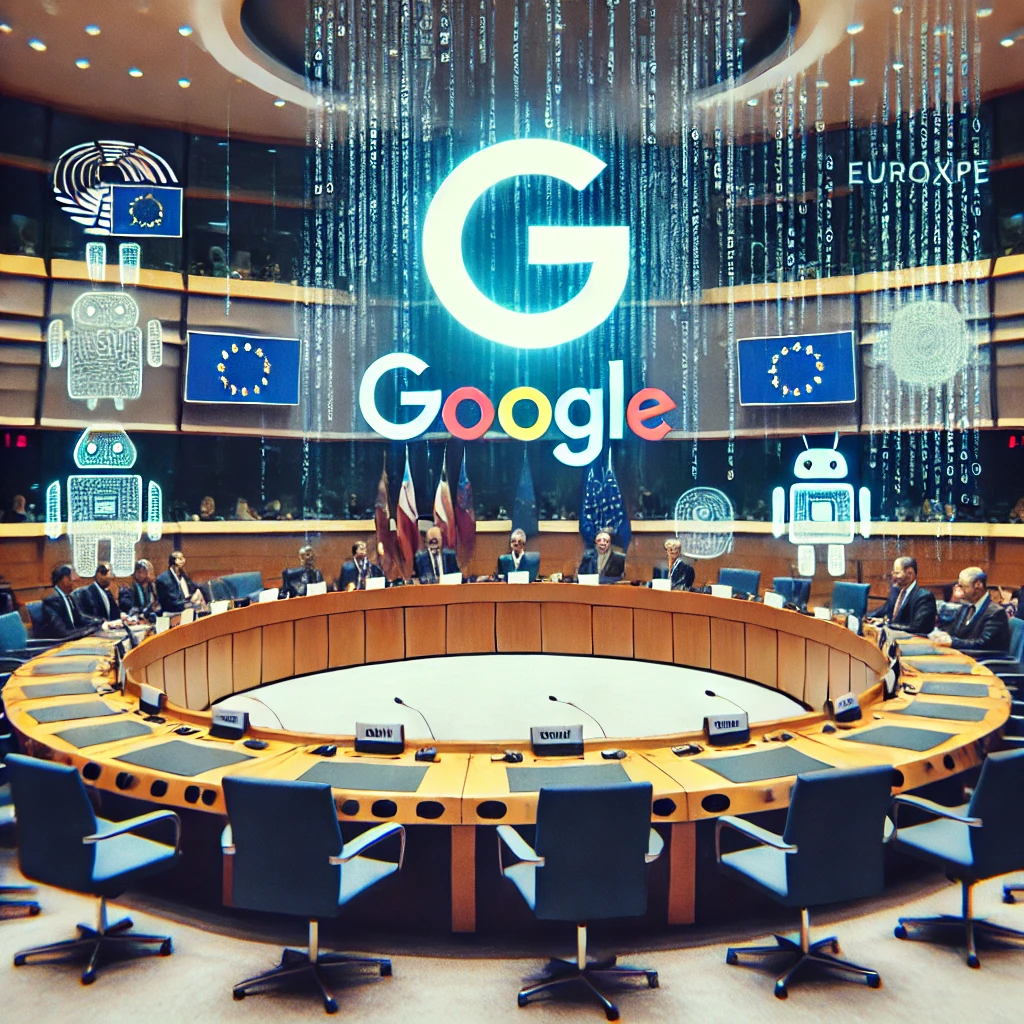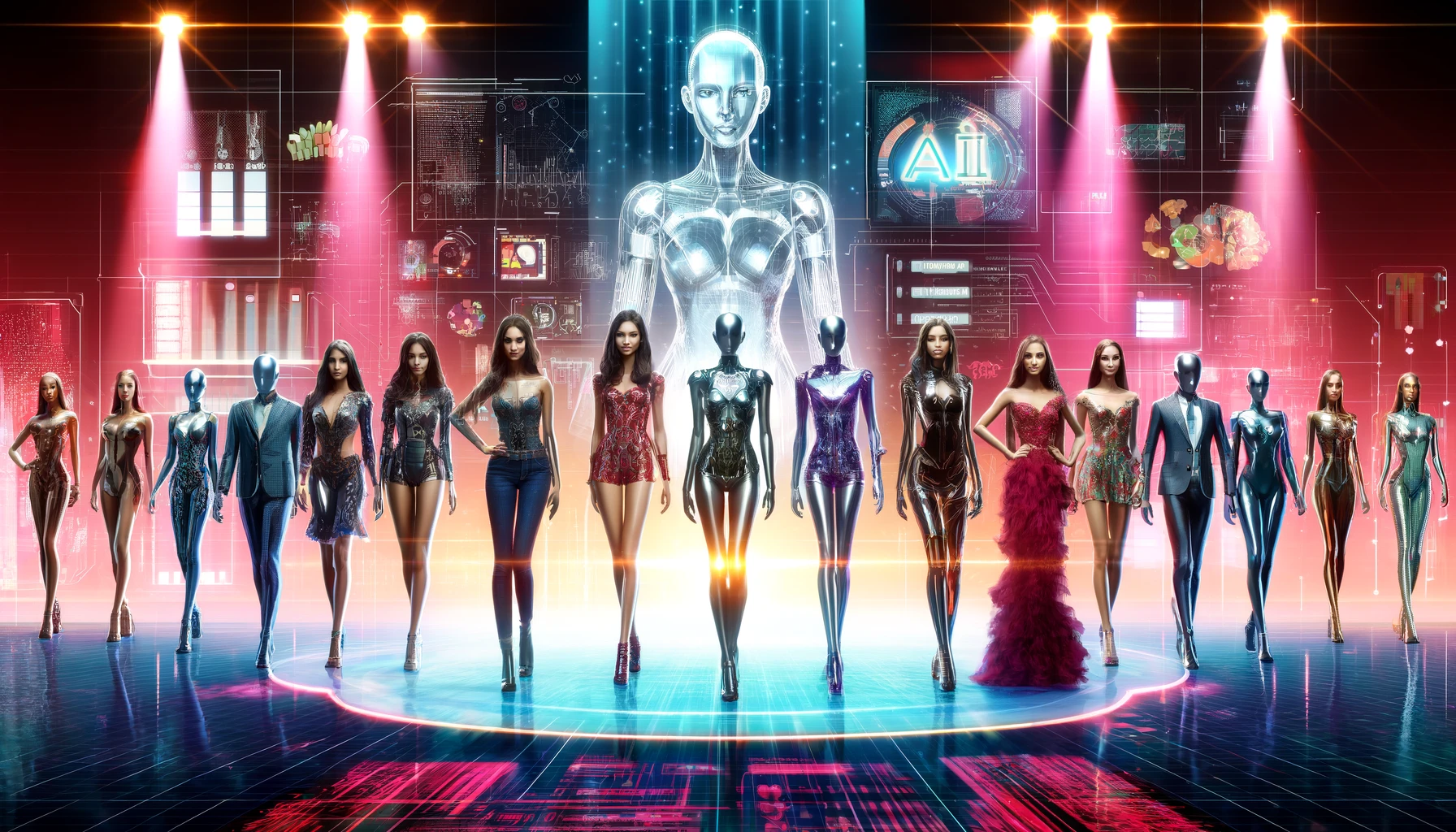OpenAI, a pioneer in artificial intelligence, is embroiled in an internal debate about the potential release of a new watermarking tool. The tool is designed to identify text generated by their AI, specifically ChatGPT, and aims to address concerns about the authenticity of digital content. However, the decision to deploy this tool has sparked a controversy within the company, revealing deeper concerns about its broader implications.
The proposed watermarking tool would embed a detectable pattern within the text generated by ChatGPT. This pattern, while invisible to human readers, could be identified by a specialised detection tool. OpenAI‘s internal tests indicate that the watermark would maintain the quality of outputs and be accurate 99.9 percent of the time. This means that the watermark would remain intact even if the text were copied, pasted, or lightly edited, providing a robust solution for detecting AI-generated content.
Despite the tool’s promising accuracy, it has not been universally accepted within the company. Some employees are enthusiastic about the potential benefits, especially in academic settings where AI-generated content is increasingly common. Teachers and professors, who have witnessed a surge in ChatGPT-generated assignments, are among those most eager for such a tool. However, others within OpenAI are wary, citing the potential consequences of even a small margin of error.
One major concern is the possibility of false positives. Even with 99.9 percent accuracy, the sheer volume of text generated by ChatGPT could lead to a significant number of innocent users being falsely accused of cheating. This is particularly troubling in academic environments, where such an accusation could have severe repercussions for students. The company fears that this could undermine trust in the tool and create unnecessary problems for users who rely on ChatGPT for legitimate purposes.
Another point of contention is the potential impact on non-native English speakers. Many users depend on ChatGPT to help with translation or to improve their writing in English. OpenAI is concerned that releasing the watermarking tool could unfairly target these users, inadvertently stigmatising them or complicating their use of the AI for beneficial purposes. This has sparked a debate within the company about the ethical implications of such a tool and its potential to reinforce existing biases.
Moreover, OpenAI’s own research suggests that the watermark is not foolproof. Bad actors could easily circumvent the watermark by running the text through another language model or by altering the output in ways that would remove the detectable pattern. This vulnerability raises questions about the effectiveness of the tool and whether its benefits outweigh the risks of misuse or evasion.
A significant, yet understated, issue is the potential impact on ChatGPT’s user base. A recent survey mentioned in The Wall Street Journal found that up to 30 percent of users would consider abandoning ChatGPT if its outputs were watermarked. This poses a dilemma for OpenAI, which must balance the need for content authenticity with the risk of alienating a substantial portion of its user base.
In light of these concerns, OpenAI has yet to roll out the watermarking feature. The company is exploring alternative solutions, including the inclusion of cryptographically signed metadata in AI-generated outputs. This approach would be akin to the content provenance system used in the DALL-E 3 image generator, where C2PA metadata is embedded to track the origins and modifications of images.
OpenAI’s previous attempt to release an AI text detection tool met with failure due to its high rate of false positives, leading to its discontinuation. This history adds another layer of complexity to the current debate, as the company must carefully weigh the potential for similar issues with the watermarking tool.
As OpenAI continues to grapple with these challenges, the future of AI-generated content detection remains uncertain. The company must navigate the delicate balance between innovation, user trust, and ethical responsibility as it decides whether to release this controversial watermarking tool.






